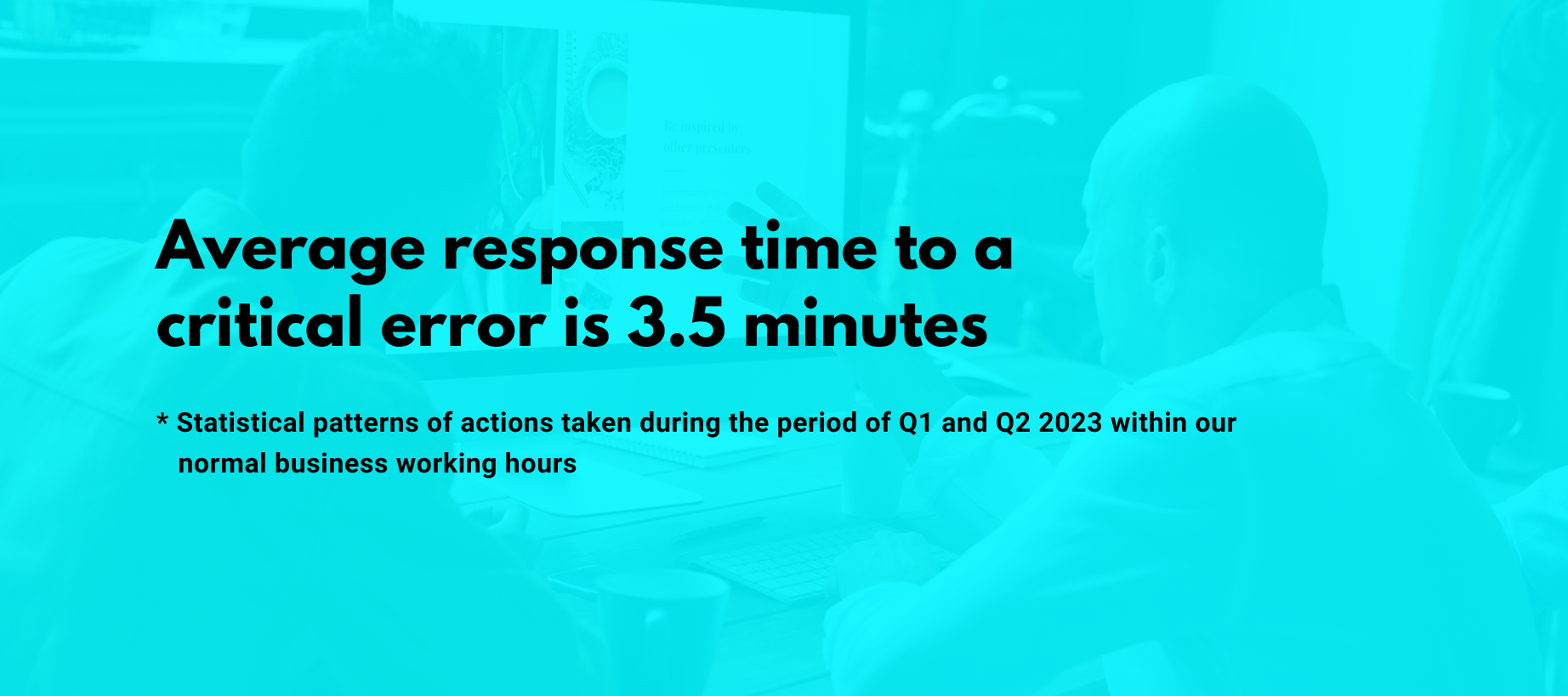5 key aspects of mobile application design #Manchester
Developing a mobile application is a complex process that requires advanced technical expertise. Below are five essential aspects to consider when planning, estimating costs and implementing a mobile app.
1. Defining a brief for a mobile application
A well-structured brief is the foundation of any successful mobile app project. It should outline key details, including the app’s objectives, target audience, feature list and development timeline. A thorough brief streamlines workflow, minimises planning errors, facilitates cost estimation and ensures a clear project schedule.
2. Selecting the right technologies
Choosing the appropriate technology stack depends on the app’s type, purpose and budget. Critical factors include efficiency, functionality, flexibility, scalability and long-term development potential. To ensure smooth updates and future expansion, we recommend using widely adopted or rapidly evolving frameworks such as Vue.js, React.js, Laravel, Django, TensorFlow, Keras and PyTorch.
3. Optimising app performance
An app’s loading time and responsiveness depend on its efficiency and the IT infrastructure supporting it, including server capabilities. Properly designed architecture and optimised code prevent performance issues and reduce the need for costly high-performance servers to handle increased traffic.
We follow the Agile and Scrum methodologies when developing mobile and web applications, ensuring flexibility and rapid progress. This method involves defining key functionalities, setting priorities and working in structured iterations called "sprints," each lasting between one and four weeks. After each sprint, we review completed features with the client, refine objectives and set new priorities.
5. Effective marketing for a mobile application
Launching an app is only the first step—successful adoption depends on well-planned promotion. Effective marketing strategies may include paid advertisements on app stores (Google Play, App Store, AppGallery), targeted social media campaigns, YouTube collaborations, or website-based promotions. A strong advertising strategy should align with the target audience’s needs, habits and preferences to maximise visibility and engagement.













